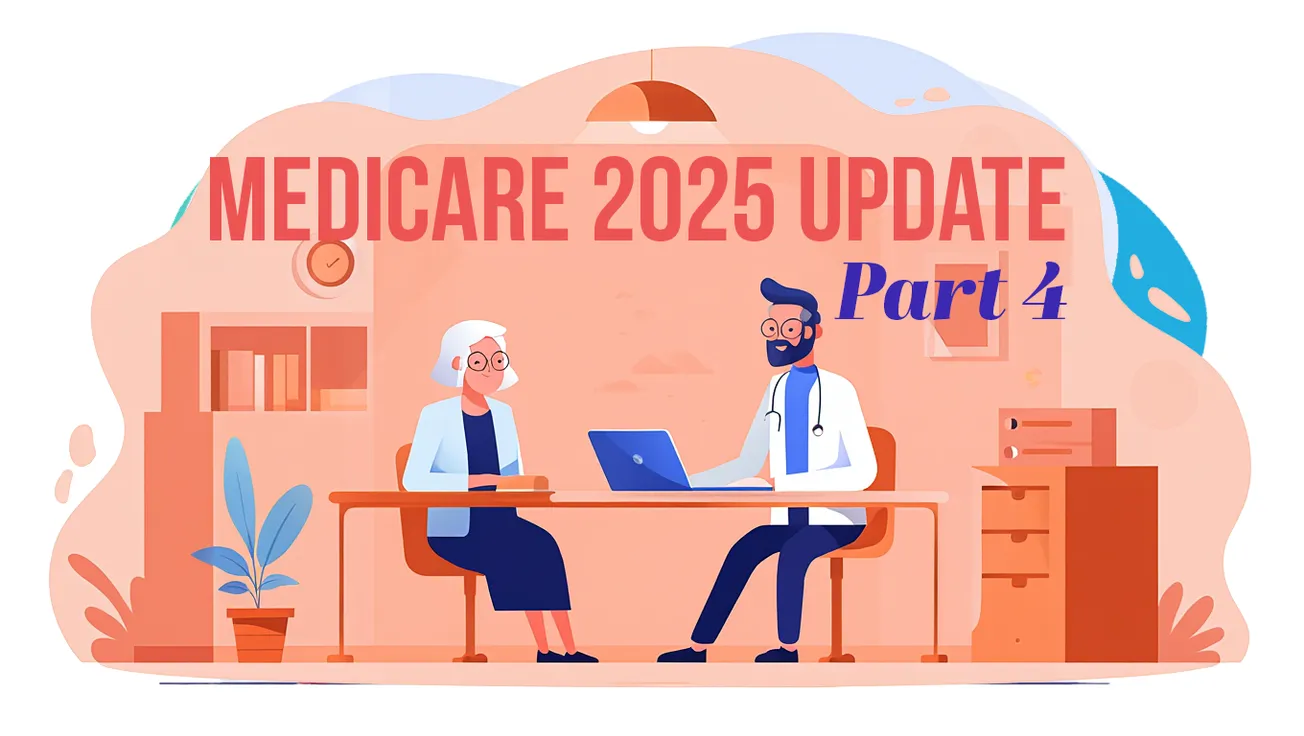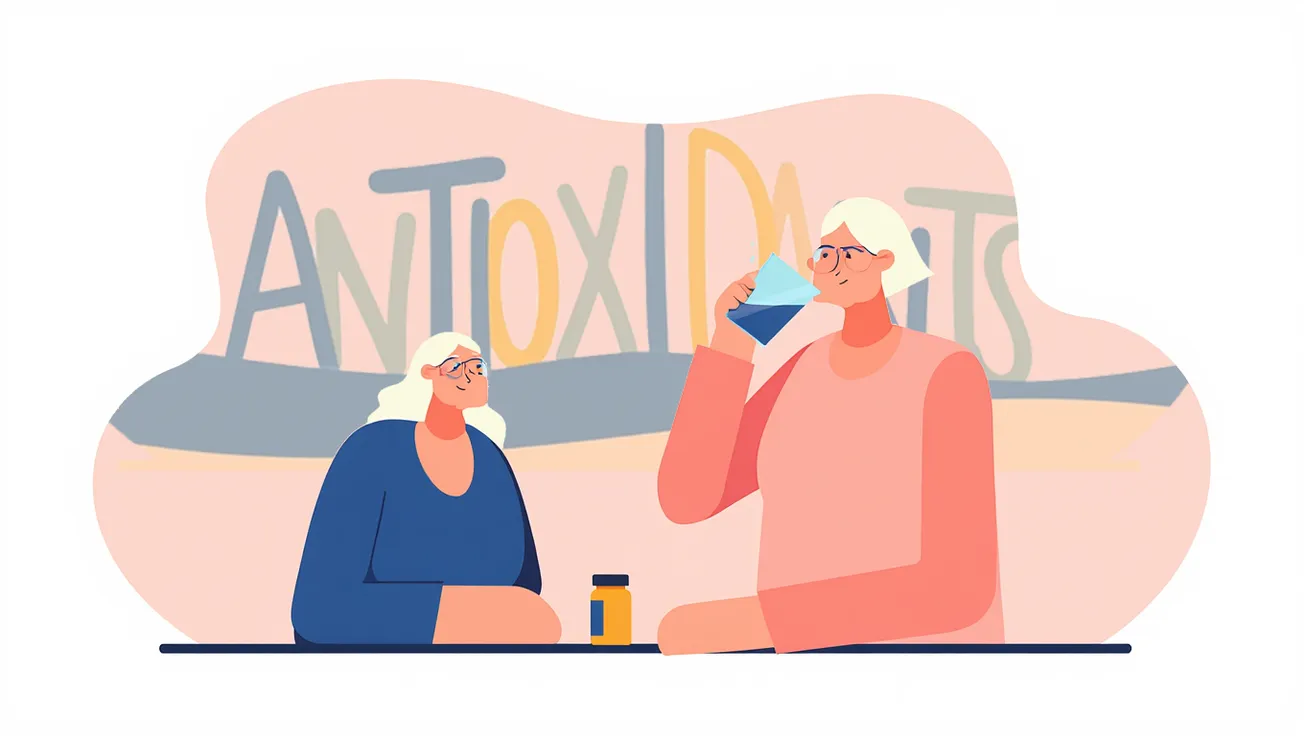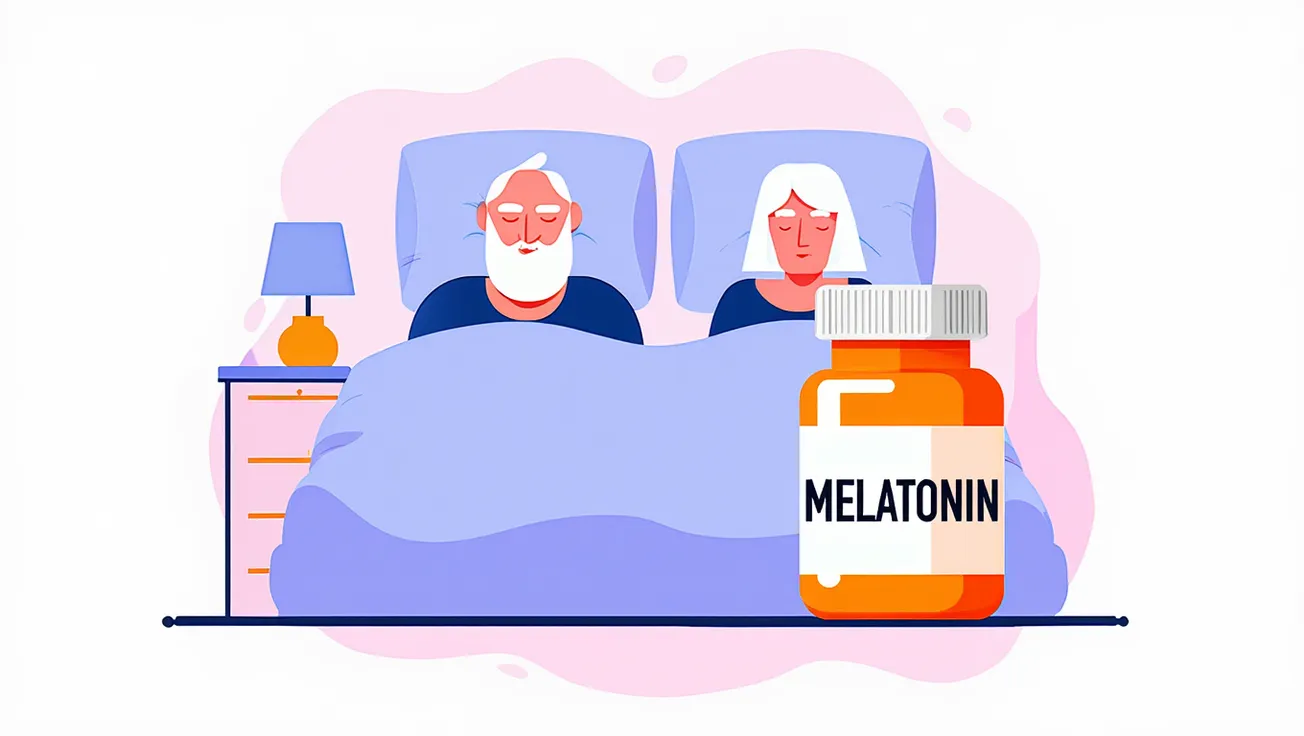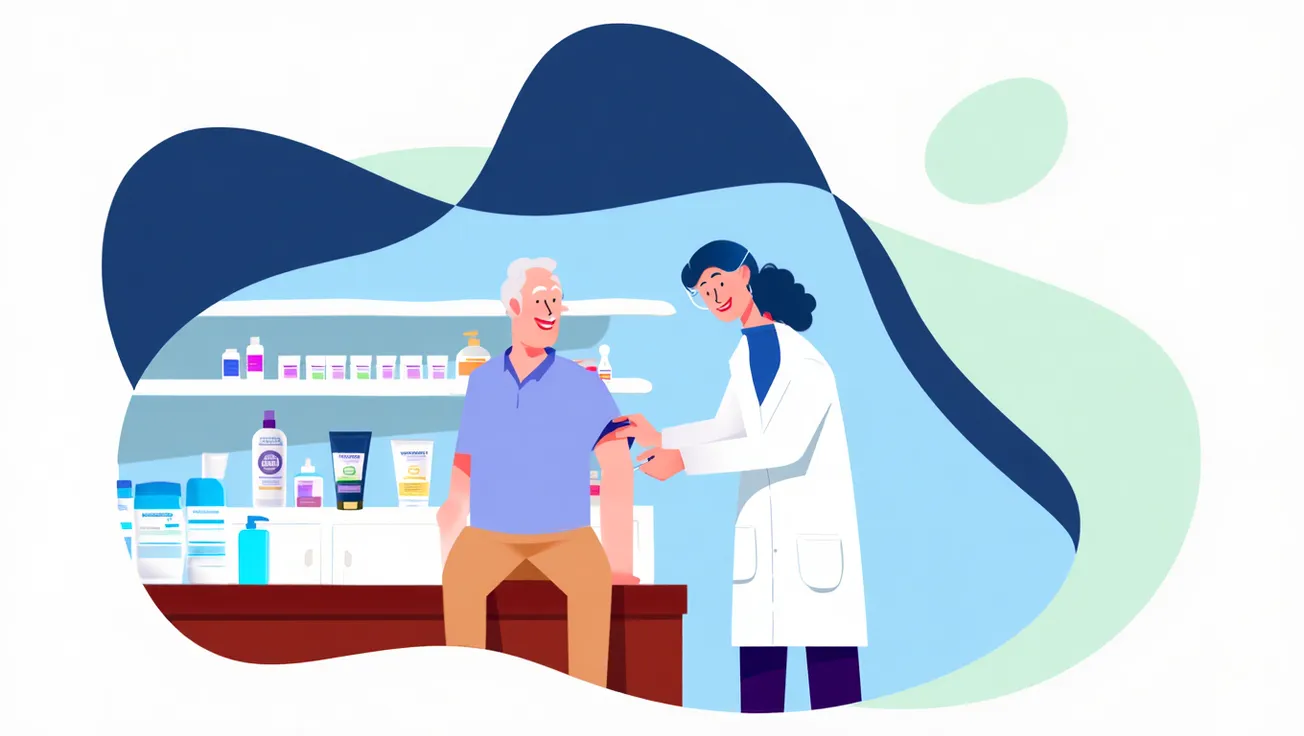The Takeaway
- ACA subsidies that keep premiums low may end this year, pushing rates up 50–100%.
- If your coverage becomes unaffordable, several safety nets exist — but they vary by state.
- Act before your plan lapses: once canceled, you lose automatic eligibility for help.
- Medicaid, catastrophic coverage, hospital hardship programs, and community clinics can all offer partial relief.
- Open enrollment runs Nov. 1 – Jan. 15, but price changes could take effect midyear if Congress stalls.
The storm on the horizon
Millions of Americans — especially older adults under 65 — are bracing for premium hikes if Congress doesn’t extend enhanced subsidies under the Affordable Care Act (ACA).
According to KFF, those extra tax credits have kept monthly costs capped at 8.5% of income since 2021. Without them, average premiums could jump 75% or more, with many early retirees, freelancers, and caregivers losing thousands in assistance.
If you’re in that group, the big question isn’t “who’s to blame?” — it’s what can you do now?
Step 1. Recheck your eligibility for subsidies
Even if the expanded tax credits end, standard ACA subsidies remain.
They’re still available for people earning up to 400% of the federal poverty line (about $63,000 for singles and $130,000 for a family of four).
👉 Use KFF’s Health Insurance Marketplace Calculator to see what your premium would look like under the baseline rules.
If you’re close to the income cliff, ask your tax preparer about ways to legally lower your Adjusted Gross Income (AGI) — such as prepaying deductible medical expenses or increasing IRA contributions.










![Flight’s Being Cancelled: What Seniors Should Know [Update]](/content/images/size/w1304/format/webp/2025/11/Airline-flight-cancellations-1-1.png)